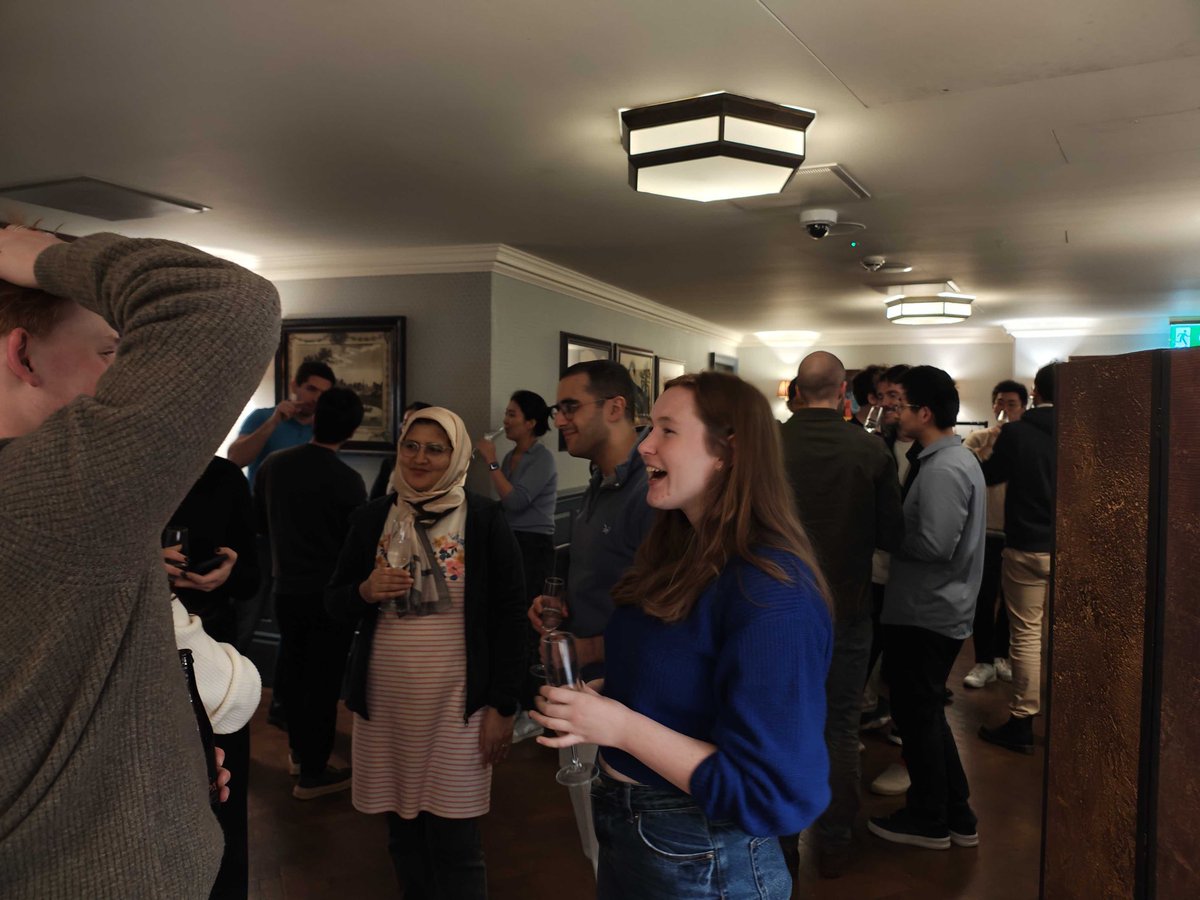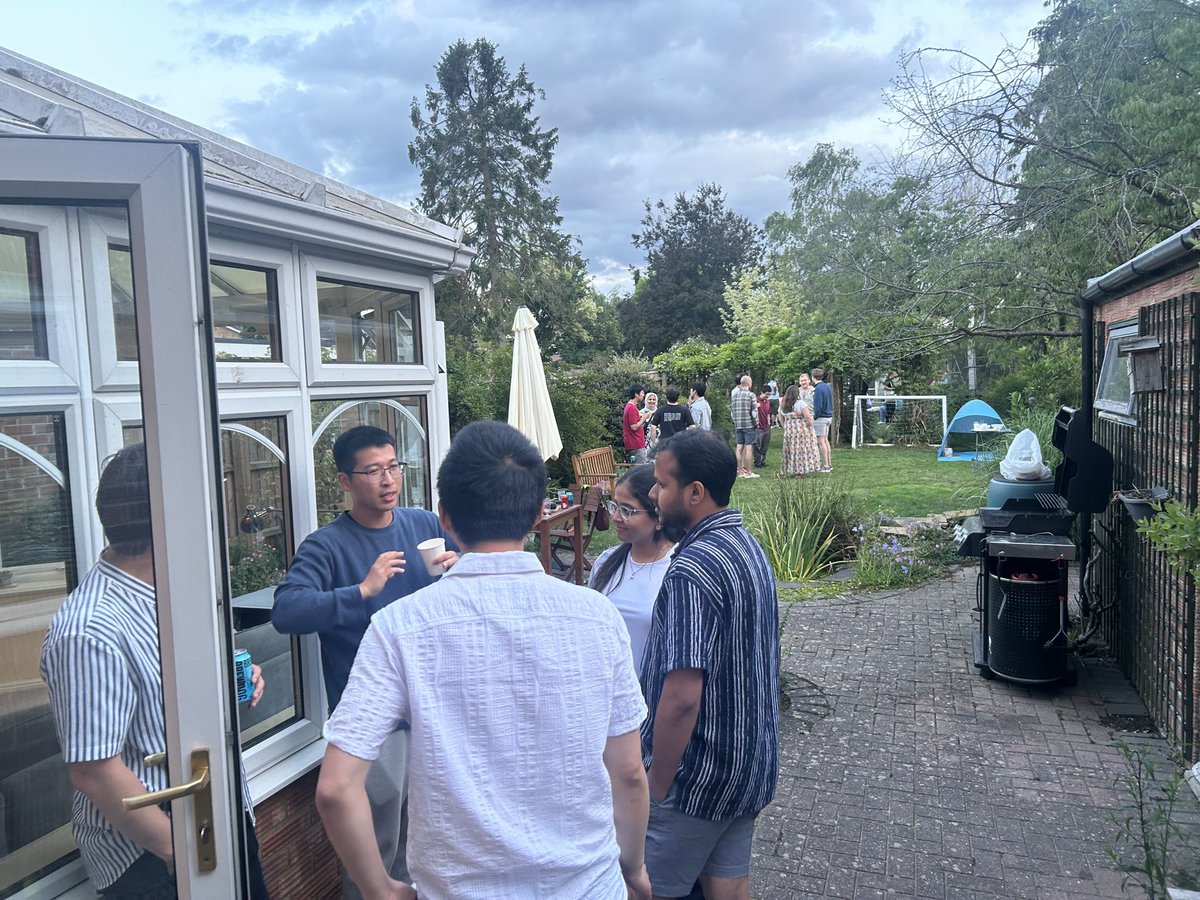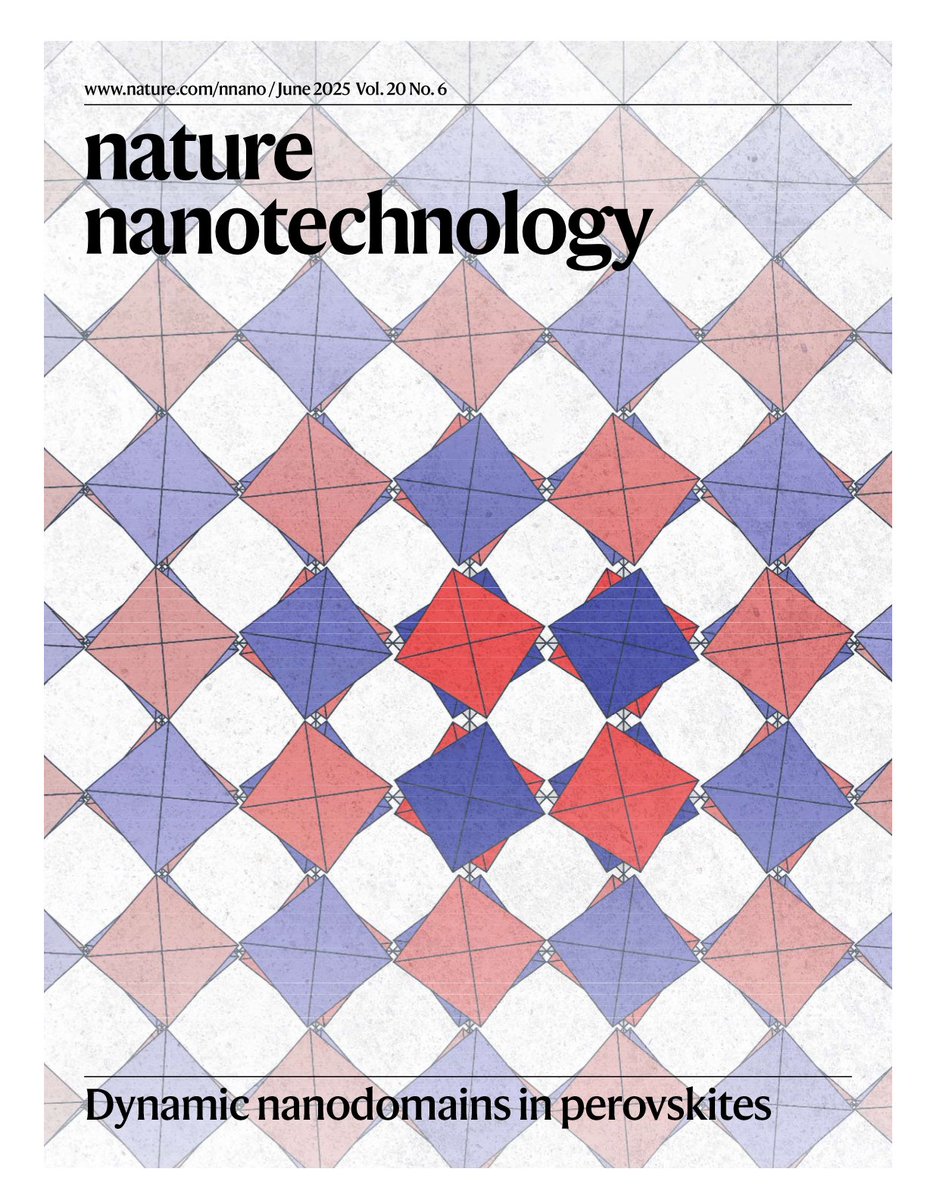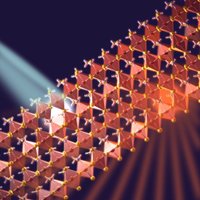
StranksLab
@strankslab
Research group @CEBcambridge @DeptofPhysics @Cambridge_Uni led by @SamStranks working on new photovoltaic, lighting & detector tech. Account student/postdoc run
ID: 880524939677364224
http://strankslab.com 29-06-2017 20:34:39
1,1K Tweet
4,4K Followers
209 Following
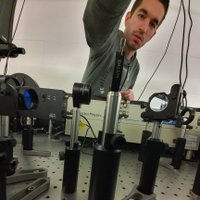



🚨new Nature Nanotechnology paper🚨 New work led by Milos Dubajic on the A-site significance in the dynamic structure of nanodomains in lead halide perovskites. Big takeaway: FA has less electronic disorder than MA lending to superior optoelectronic properties nature.com/articles/s4156…
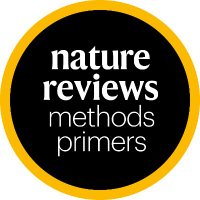

You can read the paper here: pubs.acs.org/doi/full/10.10…. Huge congrats to Weidong__Xu and all our fantastic collaborators! StranksLab Durrant Group Ultrafast OE Group Haque Group Martyn Caterina Ducati Giorgio Divitini Guanjie He Marcello Righetto NicoleDyy Felix Utama Kosasih Ganghong Min


If you want to get an overview about all the different flavours of PL microscopy and important aspects relevant for the study of optoelectronic materials, check out the new work nature.com/articles/s4358… - great collaboration with the Cambridge crew from StranksLab

New review on all things “Photoluminescence microscopy of optoelectronic materials” in Nature Reviews Methods Primers led by StranksLab postdoc Dr. Zimu Wei. nature.com/articles/s4358…

A belated cheers to three amazing years of Linfeng Pan at StranksLab and we look forward to all the great news to come as he takes a professorship at Shanghai Jiao Tong University



🔬 New review led by zimudoesnttweet just out in Nature Reviews Methods Primers! We explore PL microscopy techniques for optoelectronic materials, many used in the StranksLab. 1/3




Thanks Sam Stranks @strankslab for sharing your insights on halide perovskites for cutting-edge solar cells, LEDs, X-ray detectors, and quantum emitters — and how growing these materials layer-by-layer on 2D substrates can enable even higher performance for optoelectronics! 📷


